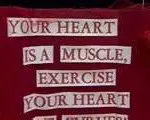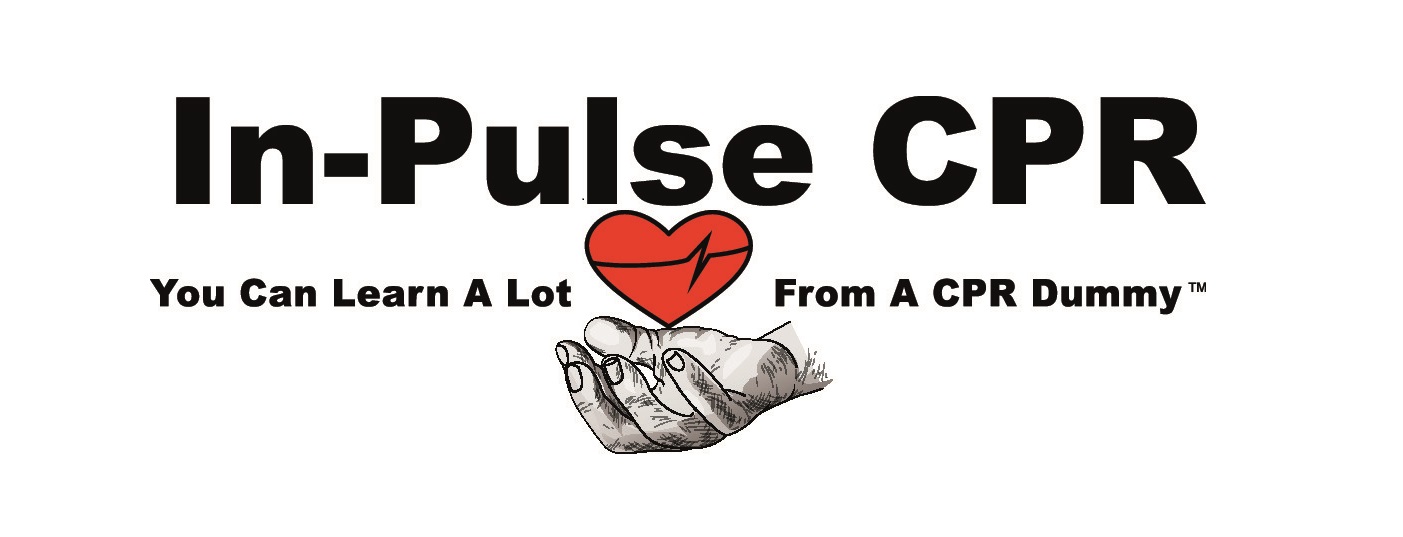KNOW YOUR RISKS, WOMEN !
Did you know that more women then men die every year from heart disease? It’s true. More than 430,000 women die yearly due to cardiovascular disease. Though men, too, suffer from heart attacks, women are more likely to die from them; especially if experienced at a younger age. A woman in her 70s that experiences a heart attack has a very similar survival rate as a man in his 70s who experienced the same. However, a woman in her 40s or 50s has a 2-3 times higher chance of dying.
KNOW YOUR RISKS!
1. Smoking: 80% of women under 40yrs who suffer a heart attack are smokers. A woman who smokes is at a higher risk of dying from the heart attack.
attack.
2. Heredity (including Race): If your parents had heart disease, you are more likely to develop it yourself. African Americans are more likely to have severe high blood pressure than Caucasians and therefore a higher risk of heart disease. Heart disease risk is also higher among Mexican Americans, American Indians, native Hawaiians and some Asian Americans. This is due in part to the higher rates of obesity and diabetes. Most people with a strong family history of heart disease have one or more other risk factors. A person can’t control their family history so it is even more important to control/treat any other risk factors that you have.
 3. Cholesterol: Cholesterol isn’t all bad. It is a substance our body makes that is used for producing cell membranes and some hormones. But too much cholesterol in the blood is a major risk for coronary heart disease (which leads to heart attack) and for stroke. Hypercholesterolemia is the medical term for high levels of blood cholesterol.
3. Cholesterol: Cholesterol isn’t all bad. It is a substance our body makes that is used for producing cell membranes and some hormones. But too much cholesterol in the blood is a major risk for coronary heart disease (which leads to heart attack) and for stroke. Hypercholesterolemia is the medical term for high levels of blood cholesterol.
There are essentially 2 types of cholesterol LDL (bad cholesterol) and HDL (good cholesterol)
LDL can slowly build up in the inner walls of the arteries that feed the heart and brain. Along with other substances, it can form plaque, narrowing the arteries and making them less flexible. If a clot forms and blocks a narrowed artery, heart attack or stroke can result.
It is believed that HDL removes excess cholesterol from arterial plaque, slowing its buildup.
4. High Blood Pressure: High blood pressure causes an increase in the heart’s workload, this causes the heart to thicken and become stiffer. High Blood Pressure is often labeled as the “silent killer” as it virtually has no symptoms.
Individuals whose blood pressure is higher than 140/90 mm Hg (140 systolic or above OR 90 diastolic or above) often become patients treated for serious cardiovascular problems
When high blood pressure exists with obesity, smoking, high blood cholesterol levels or diabetes, the risk of heart attack or stroke increases several times.
5. Physical Inactivity: Regular, moderate-to-vigorous physical activity helps prevent heart and blood vessel disease. The more vigorous the activity, the greater your benefits. However, even moderate-intensity activities help if done regularly and long term. Being physically active also helps to decrease other risk factors such as high cholesterol, diabetes, obesity and sometimes high blood pressure.
6. Obesity: People who have excess body fat, especially if a lot of it is at the waist, are more likely to develop heart disease and stroke even if they have no other risk factors. Excess weight increases the heart’s work. It also raises blood pressure and blood cholesterol, and lowers HDL (“good”) cholesterol levels. But by losing even as few as 10 pounds, you can lower your heart disease risk.
7. Diabetes Mellitus: The risk of developing cardiovascular disease is greatly increased if you have diabetes, even when blood sugar levels are under control. About 3/4 of people with diabetes die from some form of heart or blood vessel disease. If you have diabetes, it’s extremely important to work with your healthcare provider in managing it and controlling any other risk factors.
Article written by Mollie Bowman, owner and main instructor for In-Pulse CPR February 8, 2010.



